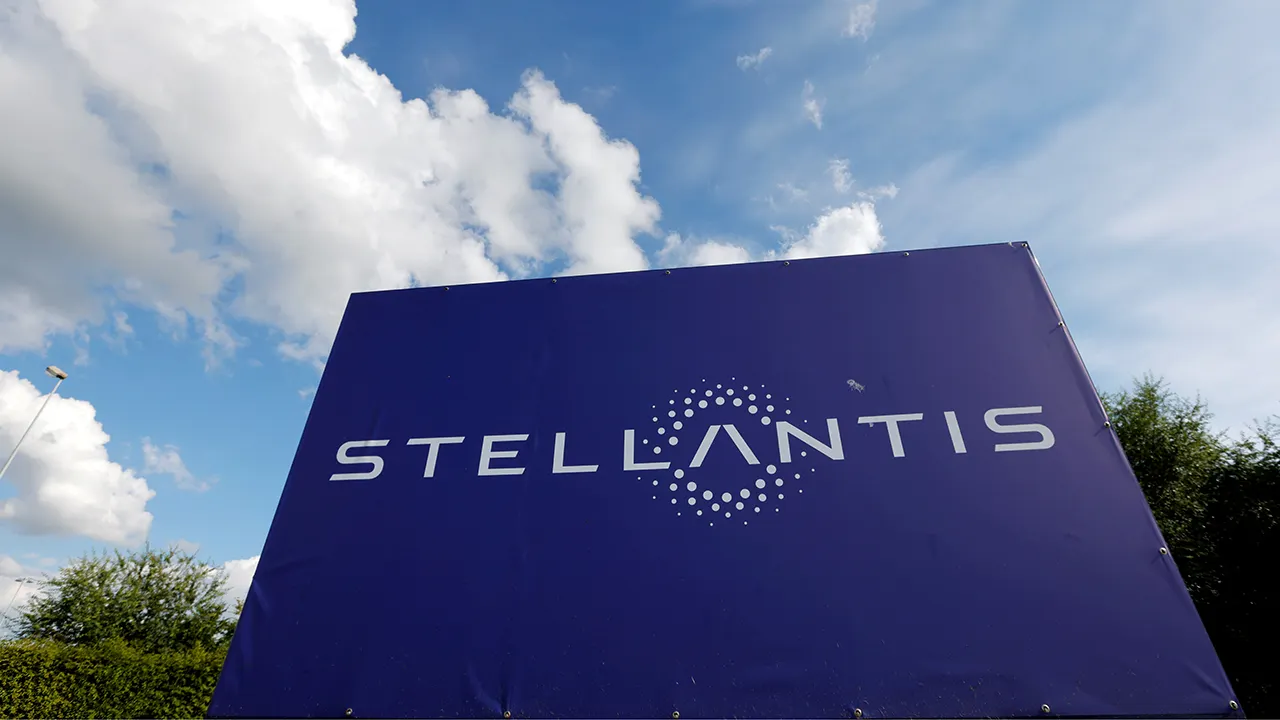Stellantis announced a €2.3 billion ($2.7 billion) first-half loss, highlighting the dual challenge of revamping its vehicle lineup in Europe and the U.S. while dealing with President Donald Trump’s tariffs on auto imports.
The automaker reported €3.3 billion in pre-tax charges, largely due to canceled vehicle programs, including a hydrogen fuel cell project, as it shifts focus to hybrids in Europe and large gasoline-powered models in the U.S.
New CEO Antonio Filosa, appointed in May after poor U.S. sales performance, faces significant hurdles. North American sales fell 25% year-on-year in Q2, with Stellantis reducing shipments and cutting production to adapt to the tariff-driven market shift.
The company cited €300 million in costs from tariffs so far, as Stellantis reduced imports—previously accounting for 40% of U.S. vehicle sales, mainly from Mexico and Canada.
Revenue for the first half dropped to €74.3 billion, down from €85 billion a year earlier. Stellantis also reported a cash burn of €2.3 billion in the period.
The automaker launched a €17,000 hybrid Fiat 500 this month to revive Italian production but continues to see weak demand for vans in Europe.
Shares of Stellantis fell 2.1% in Monday’s trade, down 37% year-to-date. Analysts expect the second half of 2025 to show improvements as new models hit the market.

